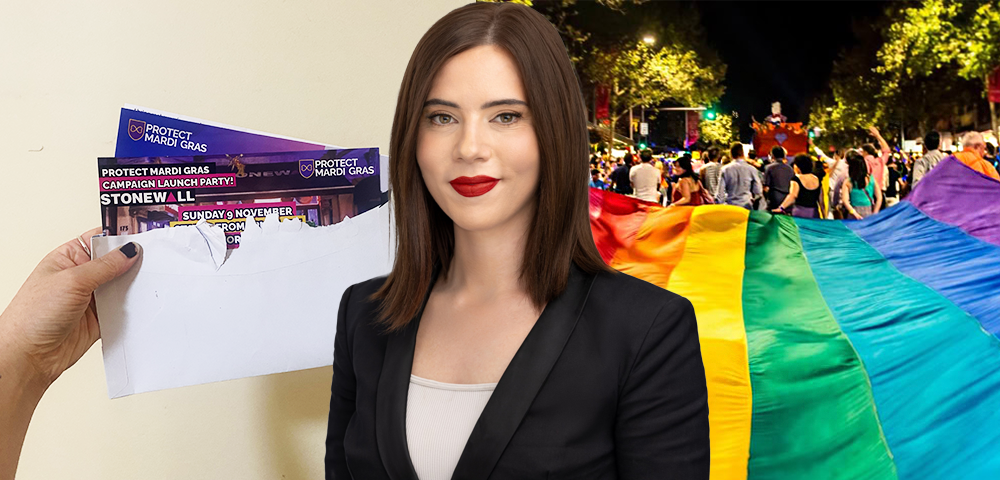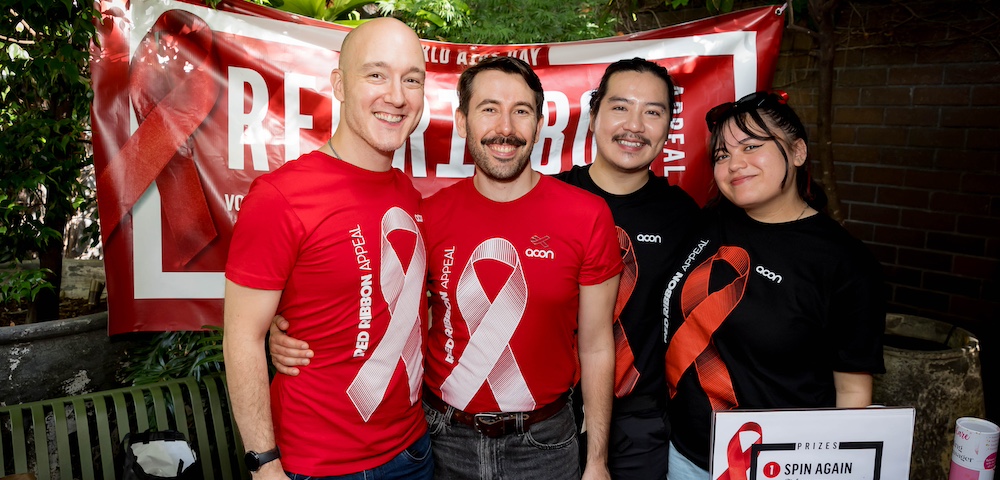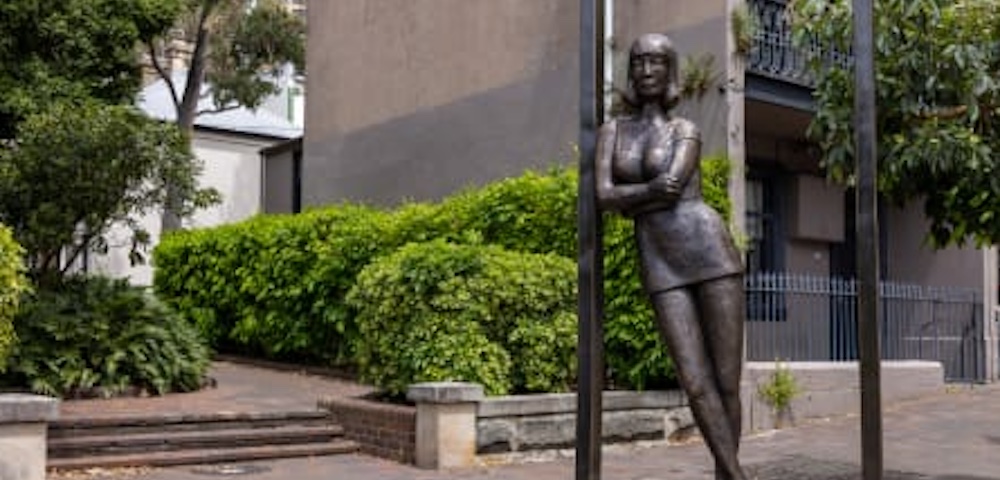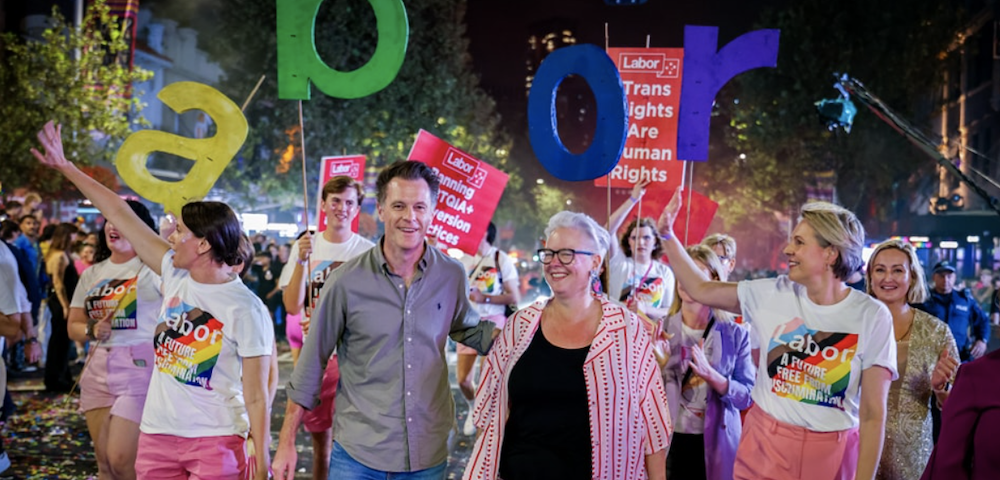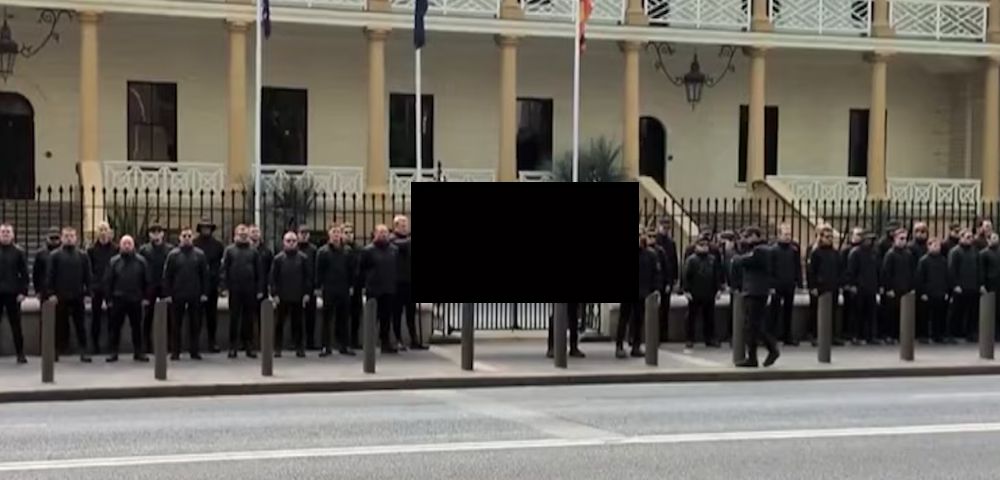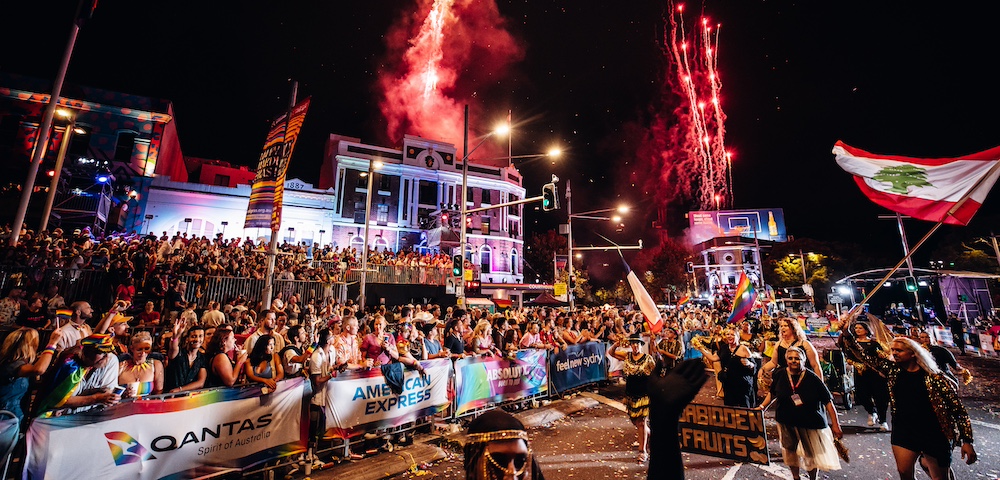
Gay and lesbian dropped from Mardi Gras parade
The board of New Mardi Gras announced this week that the 2003 parade will be called the Sydney Mardi Gras parade, with Gay and Lesbian dropped from the title.
New Mardi Gras co-chair Michael Woodhouse told Sydney Star Observer the name change was intended to make the event more inclusive and that, after 25 years, the parade speaks for itself.
The real power of it is actually the people who make the parade what it is. And that’s pretty universally recognised as being an event that is about gay men, lesbians, bisexual, transgender and queer people, Wood-house said. In that sense, the name was probably not the most important thing to convey that information.
We certainly made a decision for 2003 about wanting to be as inclusive as possible and as representative of the range of people who are part of our community, be that people who use different labels to identify their sexuality, be that also the mums and dads that are part of PFLAG.
The decision has met with a mixed response from a variety of community leaders and Mardi Gras veterans. Graham Carbery, author of A History Of The Sydney Gay And Lesbian Mardi Gras, told the Star that he was staggered by the news.
Mardi Gras is a gay and lesbian event, always has been. If we’re proud of being gay and lesbian, why the hell not have it in our title? said Carbery. If you’d have asked me to consider 10 things that the New Mardi Gras group might do to get things rolling, I certainly wouldn’t have picked that one.
Gay historian Craig Johnston was equally unconvinced about the change, although he conceded that the issue of branding is a difficult one.
I don’t think that the current branding of -˜gay and lesbian’ has excluded people who don’t identify as gay and lesbian -¦ and that includes transgenders, bisexuals and of course heterosexuals, Johnston told the Star.
Really the question is, what is the role of a gay and lesbian Mardi Gras in Sydney? Is it just a New Orleans or Rio type of Mardi Gras, with a much weaker connection to the gay and lesbian community -¦ I think the major problem for New Mardi Gras is the degeneration of old Mardi Gras into tourist spectacle, Carbery said.
Journalist Kimberly O’Sullivan was less damning of the decision. O’Sullivan marched in the first Mardi Gras parade in 1978, and called the change courageous.
I have faith that the people involved in New Mardi Gras will make good decisions, O’Sullivan told the Star. But I’d like them to ask the questions -˜why are we doing this?’ and -˜who is it for?’ for all the events -¦
I also think that the people who think that the parade is primarily for or about gays or lesbians -¦ you know that’s long been an illusion. You only have to look at the parade and the crowd to see that, O’Sullivan added.
Emma Banyer, who has been participating at the youth consultation meetings of New Mardi Gras, was wholly supportive of the change. Currently queer officer for the National Union of Students, Banyer told the Star that the change was timely.
We have come to a stage in history where there are an increasingly large number of particularly young people who don’t necessarily identify with the labels of gay or lesbian, Banyer said.
What matters is that the floats themselves can convey the political messages -¦ I would be concerned if the Mardi Gras got to a stage where it was not focusing on particularly the rights and needs of the gay and lesbian, bisexual, transgender, intersex and queer communities, but I really don’t think that that’s a danger, Banyer said.
The decision to change the title was made at a New Mardi Gras board meeting last Tuesday night, at which Woodhouse told the Star that a lot of options were discussed. He also reiterated that New Mardi Gras is simply carrying the organisation until April 2003, when all of these things are back up for grabs and in the hands of the community.
The change of name has broader implications in terms of future membership criteria for the organisation, which Woodhouse said would be decided through community consultations. New Mardi Gras are continuing to hold community consultations every three or four weeks, with a number of discussion papers already available at www.mardigras.org.au.
That’s still a process which is ongoing. We’re hoping to have the constitution resolved in probably early February, so that we can open for membership in mid-February, hopefully just before fair day, Woodhouse said.
People who have views on who should be members and what rights should attach to membership in the long run, should make sure those views are heard through the constitution process.
For more information or to send feedback to New Mardi Gras, visit www.mardigras.org.au.




